
views
Reducing the Problem with Cultural Controls

Select varieties with a tight husk. Several corn varieties have tightly-fitting husks that make it harder for corn earworms to attack. These include hybrid varieties. Before planting your crop, choose a variety that will be naturally resistant to the pest.

Choose Bt sweet corn for a resistant ear. The variety known as Bt sweet corn has been genetically engineered to kill certain caterpillars, including corn ear rooms. However, this will not completely prevent all damage from the pest, and spraying with pesticides is sometimes necessary.

Plant at the right time. Corn planted early and in mid-season is less likely to be infested by corn earworm. It is harder to control the pest in late-planted corn, even with pesticides.
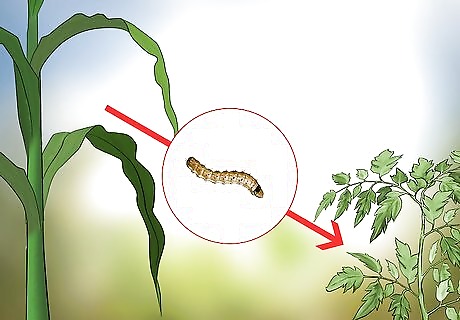
Encourage lure crops. Corn earworms will also attack crops like tomato and lima beans. You can plant some of these crops near your corn in hopes of luring the pest away from your corn. This is unlikely to completely prevent earworms from infesting your corn, but it may reduce the problem.
Using Pesticides

Select an approved pesticide. The pyrethroid class of pesticides are often recommended to combat corn earworms. However, there are also signs that the insect is becoming resistant to these pesticides.Since only certain varieties of pesticides may be approved for use in your area, you should always ask your county extension office for advice on selecting a product.
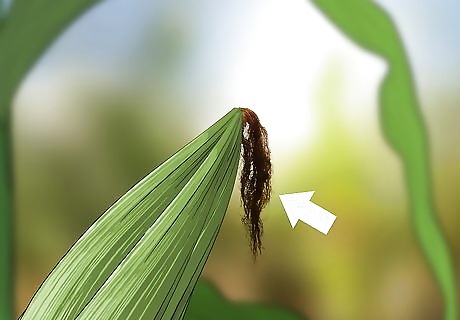
Monitor when your plants produce silk. As soon as your plants begin to approach maturity, check them regularly. You’ll want to begin spraying pesticides when ten percent of your ears have begun to silk.
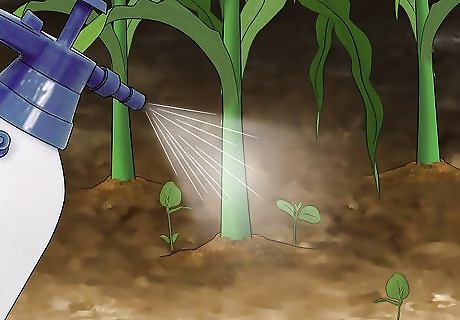
Spray your plants. For best results, spray your plants from the ground rather than the air. Use an approved pesticide applicator and set it to 30 psi or higher. As you spray, aim the nozzle to cover the silks, but protect the middle third of the plants.
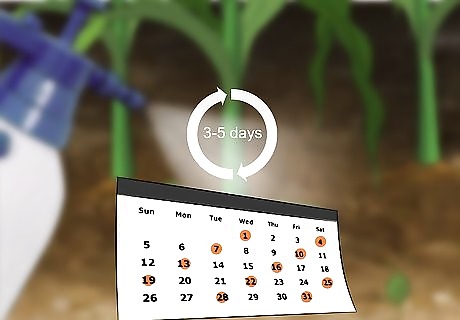
Repeat the pesticide application at regular intervals. After the first application, continue spraying at three to five day intervals until the silk on ninety percent of the ears has wilted. In some warmer areas, you may need to spray even more frequently. Check with your county extension office for advice.
Trying Natural Alternatives to Pesticides

Apply mineral oil to the corn silk. Plain mineral oil is a very effective insecticide. Apply 0.75 to 1 milliliter (0.025 to 0.034 fl oz) directly to the corn silk by pouring or spraying, five to seven days after the silk appears. Since this is a fairly laborious process, it is best for home gardeners growing a small amount of corn.
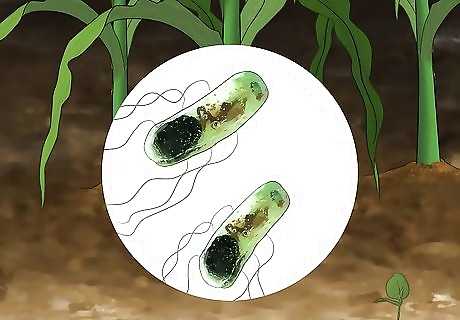
Apply bacterial controls. Some varieties of bacteria, such as Bacillus thuringiensis, suppress corn earworms. Check with your county extension office to see if these are approved in your area.
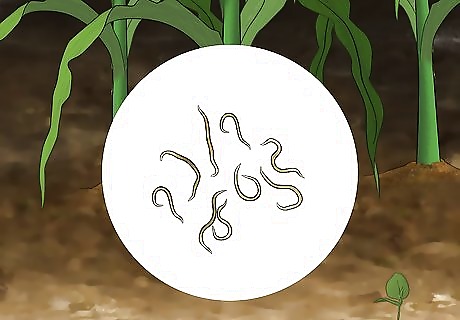
Introduce nematodes to the soil. Steinernematidae and entomopathogenic nematodes can also help reduce corn earworm populations when they are added to the soil your plants grow in. However, these work by killing larvae when they drop to the ground to pupate, which means there will probably still be some damage to your crop. Look for nematodes at a crop supply store.

Encourage natural predators. A number of insects will feed on corn earworms, including lacewings, pirate bugs, damsel bugs, ladybirds, and big-eyed bugs. Some of these may naturally be attracted to your crop, while others are available from farm supply stores and can be artificially introduced. Field birds also eat earworm larvae, so try not to drive them from your fields.














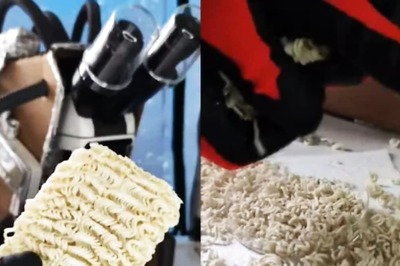





Comments
0 comment